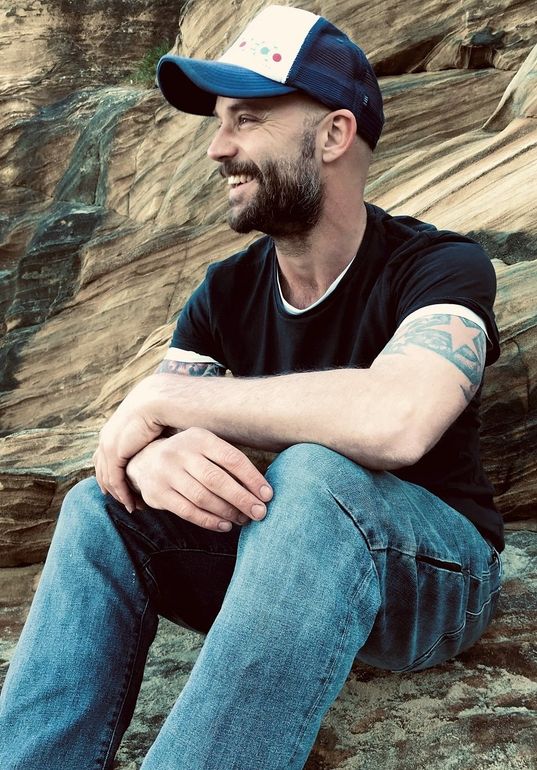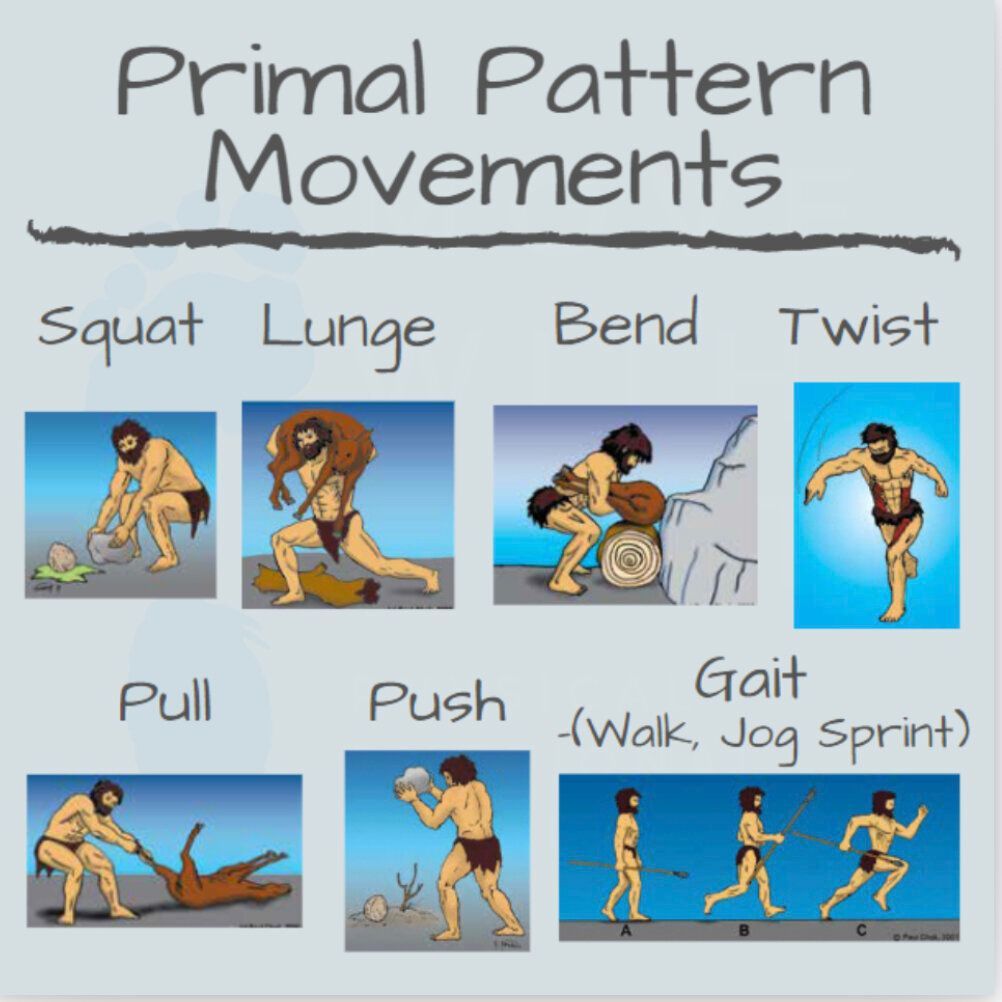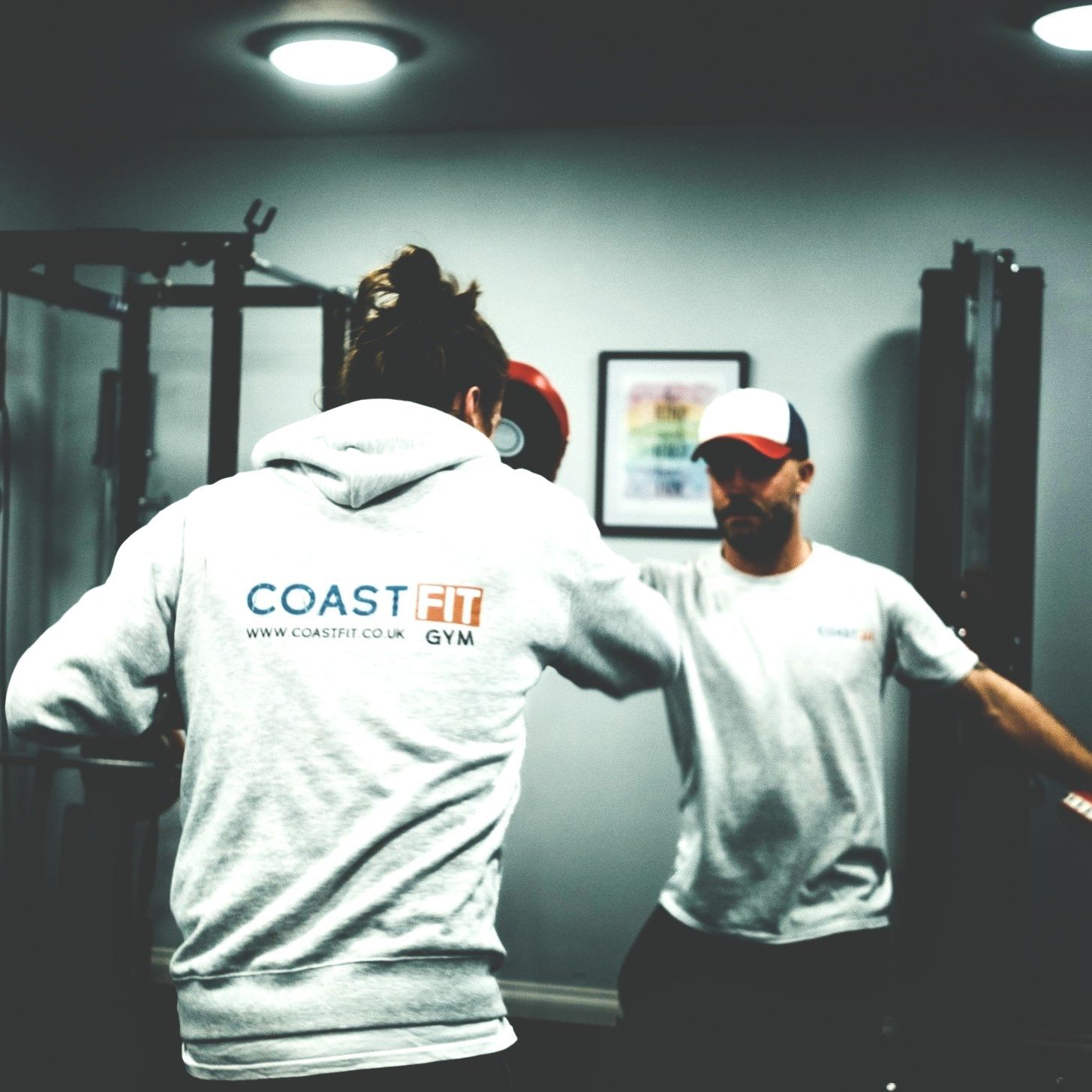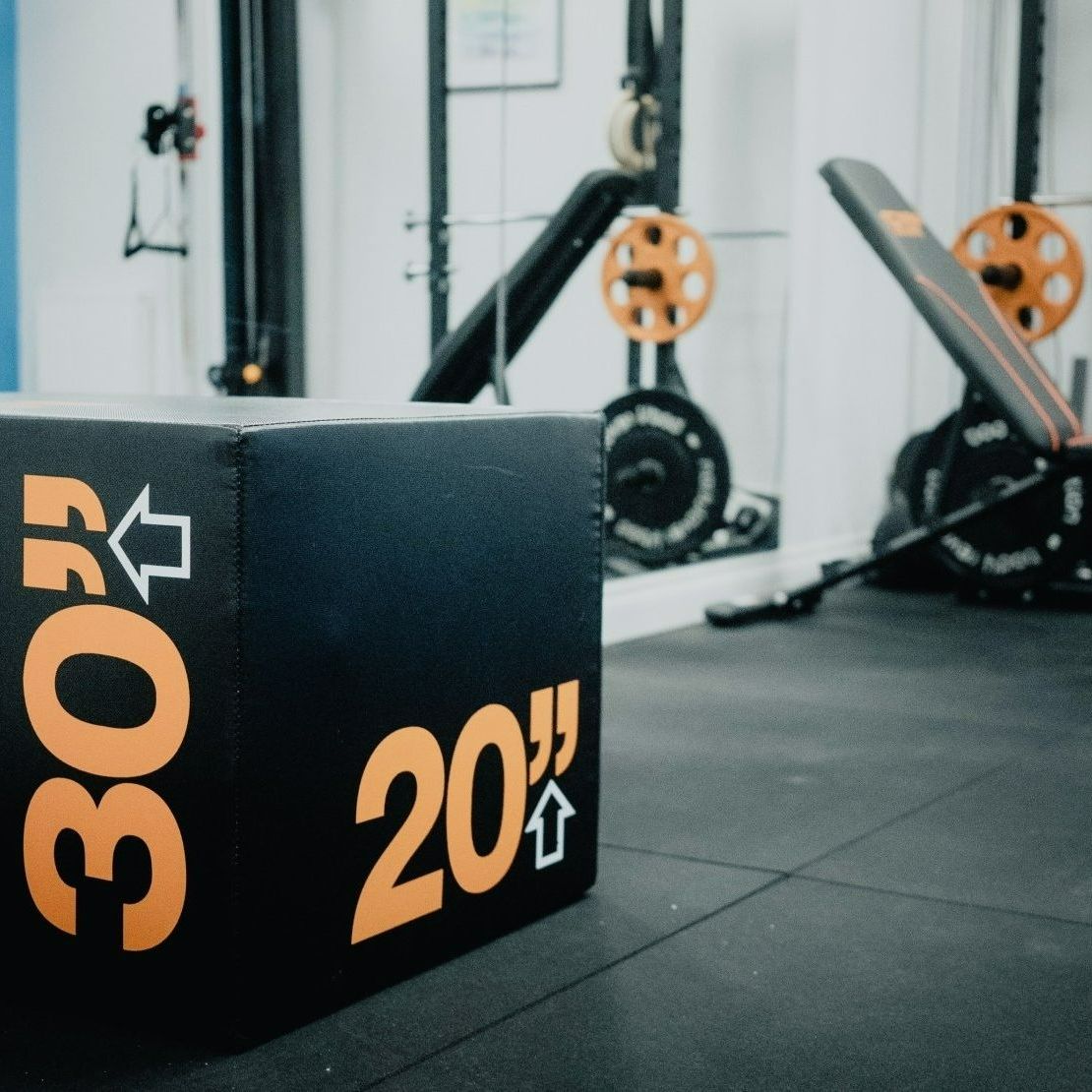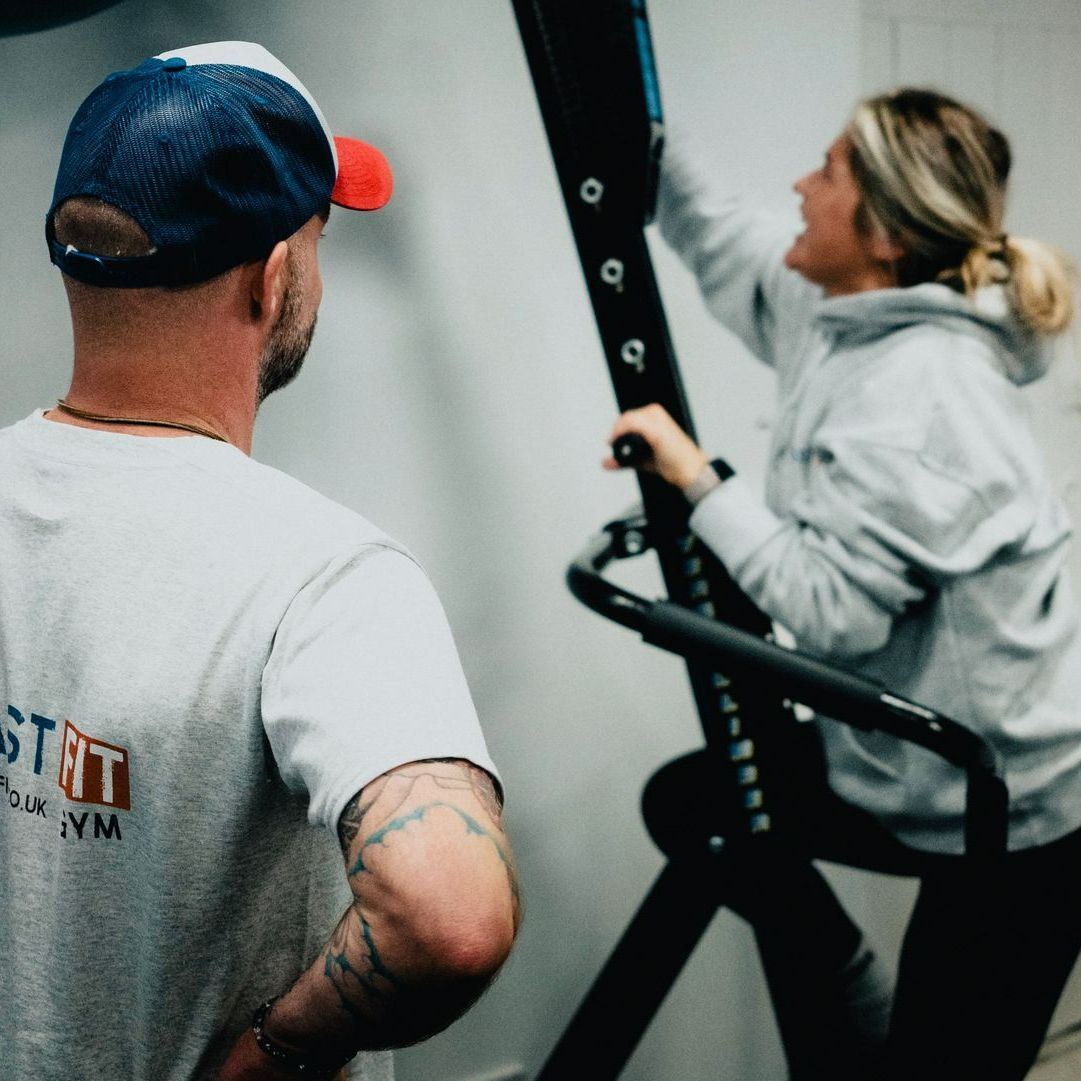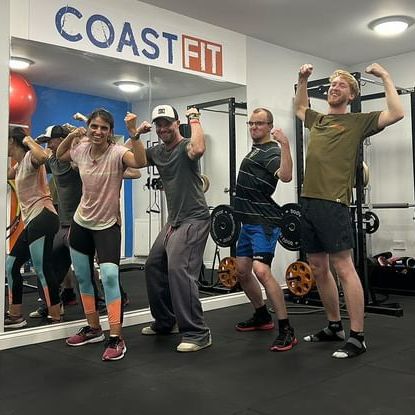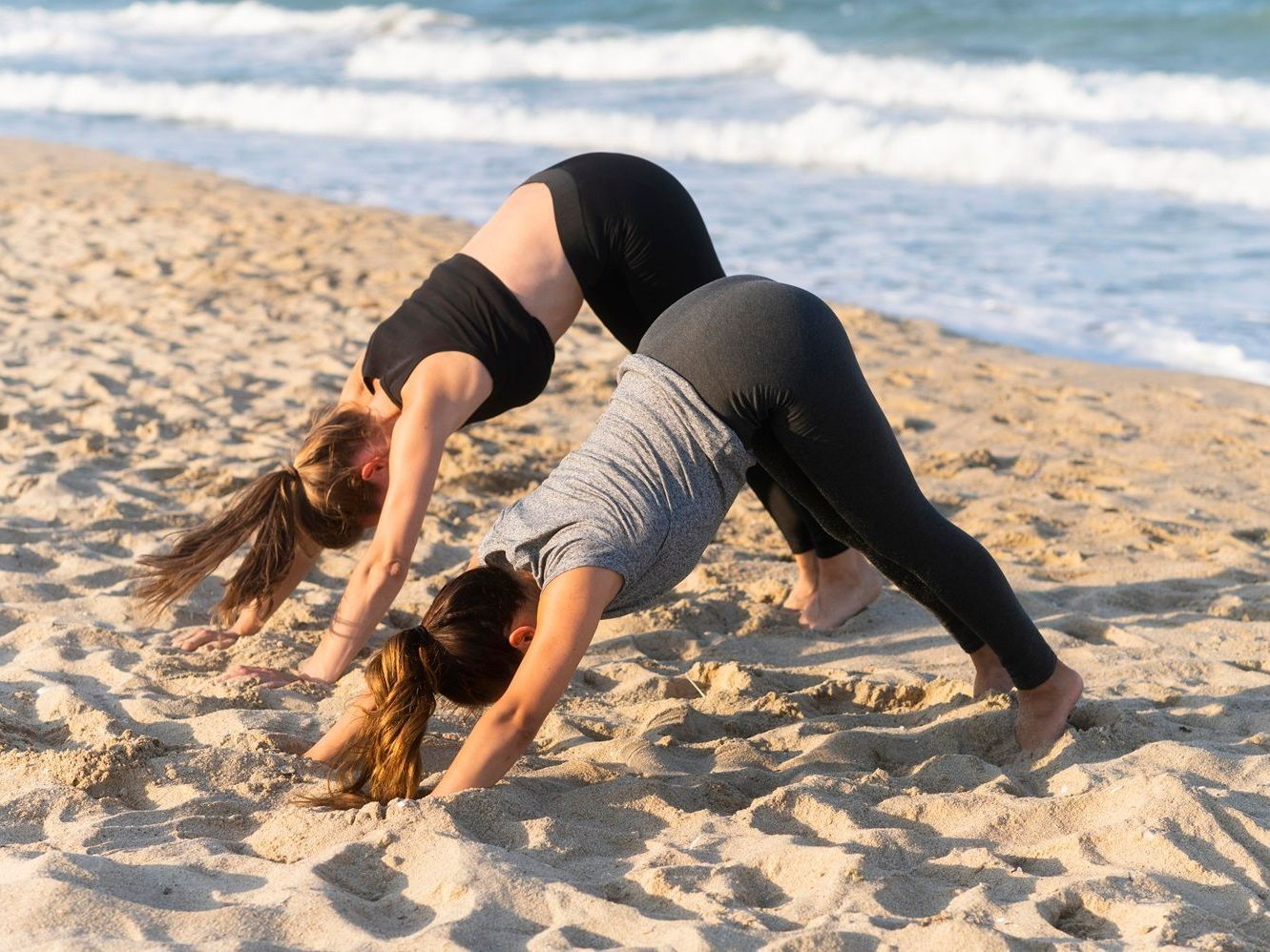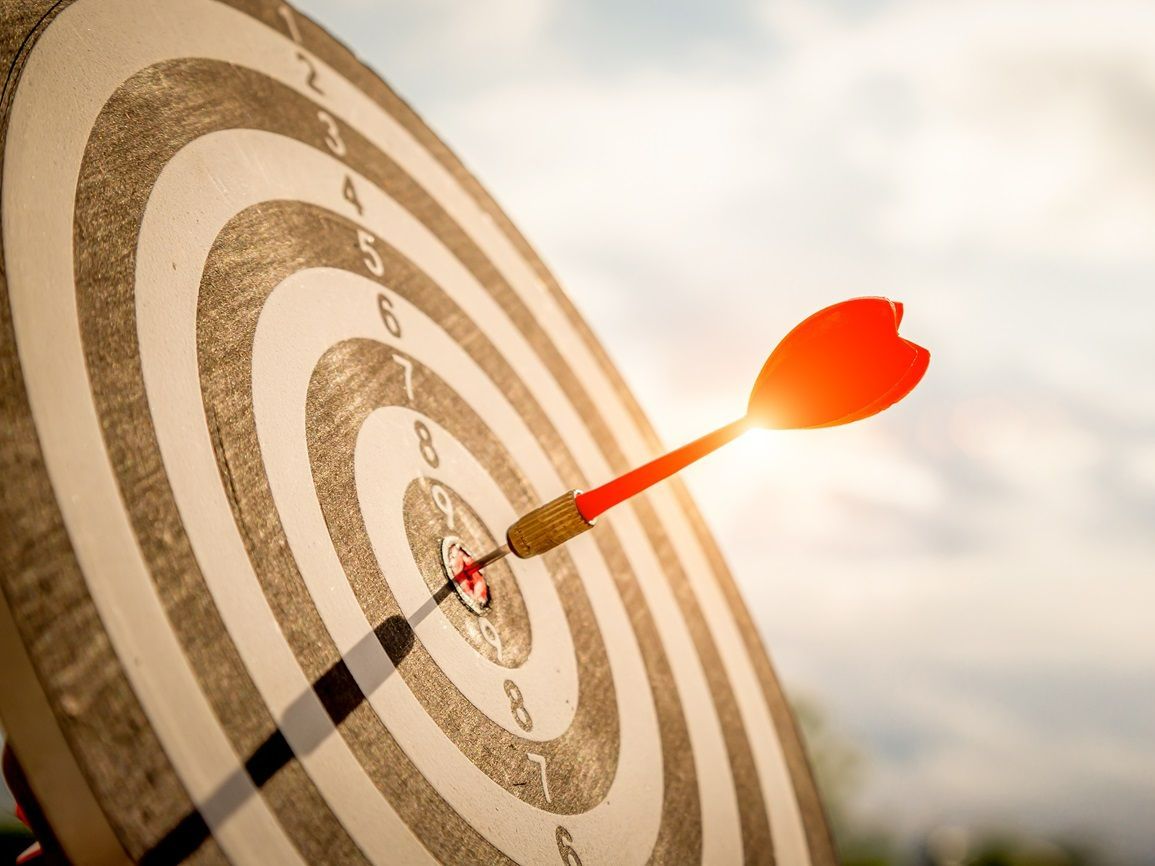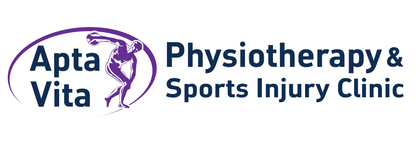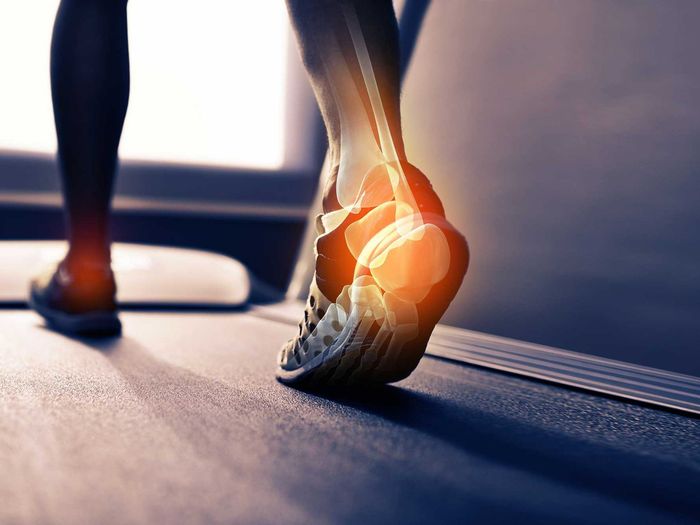by Sam Barden
•
11 March 2024
Do you ever get stuck with what to do at the gym? Are you someone who walks into a gym and goes back to the same cardio machine, programs in the same session over and over again? Perhaps you look around and just sort of copy what other people are doing? With so much information around what with social media etc, it can be difficult to know what to do at the gym and how to plan a structured coherant session. So let me walk you through a straight forward session plan. One that I would give to a client. I will break down each section so it's easy to follow along with a few other tricks and tips for you. Let's assume you are going to the gym 2 to 3 times per week, which is about average and certainly enough to see some results over time. THE WARM UP You really don't have to over do a warm up. When you are strapped for time you don't want to waste a load of it on a warm up. Rather than spending 15 to 20 minutes on warming up, the best thing you can do is walk or jog to the gym! If that isn't possible then a simple 5 minute light aerobic exercise is more than adequate. You could also add in a bit of mobility work, foam rolling and dynamic stretching but again this shouldn't take more than a few minutes, after all, we want to get to the good stuff! An extra little tip is to use the first round of the actual workout as a secondary warm up. The best way to warm your muscles up is to do the specific movements they are going to be doing in the main workout so this makes lots of sense. So for the first round, go light. Now you are ready to start the full workout. THE WORKOUT A great way to set out your workout, is to do a full body workout every session focusing on what's called our ‘ primal moves’. What are those I hear you ask?! Primal moves are large compound moves that humans have done forever. These moves consist of: PUSH ( horizontal and vertical) PULL ( h & v ) SQUAT or HINGE LUNGE or STEP BEND or TWIST When you are in the gym and have limited time to train it is best to get these moves into your session as they use bigger muscle groups which means you will get more bang for your buck! So here are 5 examples of exercises that would hit all of these movement patterns ( but there are loads of variations of exercises)! Dumbbell chest press on a swissball ( this makes the exercise better for the core) Pull ups ( modified - using bands or trx) Dumbbell goblet squat using a swissball ( this helps keep good posture ) Backwards lunge ( helps balance and proprioception ) Cable rotations / woodchops ( some of my fave exercises) There are several variables to each exercise to make the exercise easier or more difficult depending on your starting point. For example: Reps Sets Rest periods Tempo Weight All of these variables can be manipulated so that you don't simply repeat the same workout each time. The body comes resistant to the same workout quicker than you might think so it is important to keep progressing your workouts in order to improve. THE COOL DOWN Similar to the warm up, you really don’t need to spend ages on cooling down. Walking back home or to the office if completely sufficient. The jury is out on static stretching. There are lots of various opinions on the benefits of static stretching post exercise. I personally don’t do it, neither do my clients, but if it's something you feel like doing then there certainly seems to be no negative effects to it. Here are a few extra tips when it comes to your training. For a periodised program, start with lighter weights and higher volume to build the motor pattern, endurance and stability. You can then move onto hypertrophy, strength and power later. But it is important to start slow and develop a good base. Focus on a slower tempo to increase your TUT ( time under tension) Focus on ROM (range of movement). The bigger the stretch of the muscle, the better contraction you can get which will lead to improved ROM and strength. Eccentric loading is important. This is when the muscle is lengthening through load. Eccentric loading damages the muscle tissue greater ( this is a good thing in training terms) and it will improve your concentric strength ( when the muscle shortens) Have a good training day split if possible. This means after a training day it is a good idea to have a rest day. We actually get stronger at rest so it is a hugely importantcomponent of your training. A good split would be training days on a Monday, Wednesday, Friday, giving yourself a day's rest in between sessions then an extra day's rest at the weekend. Rest days can also be called ‘active recovery days’. This means that you don't have to sit on the sofa all day lol! You can do some light mobility work, go for a walk, anything that isn't too stressful to your body. If you would like any help developing a gym program then please don't hesitate to get in touch.
